The Impact of Space Travel on Astronauts' Nutritional Requirements and Cooking Techniques
As we continue to push the boundaries of human exploration into the cosmos, a surprisingly complex field has come to the forefront - nutrition in space. As we move towards long-term space travel and look at target destinations like Mars, understanding and addressing the nutritional needs of astronauts becomes a subject of utmost importance.
Nutritional Requirements in Space Vs. On Earth
Our nutritional needs on Earth are influenced by gravity, environment, and lifestyle. These three elements drastically alter in space. Astronauts, in a zero-gravity environment, experience a change in the way their body systems function, such as cardiovascular system, muscle mass, bone mass, and more. This change directly impacts their nutritional requirements. Factors such as additional energy for physical exercises, potential mineral losses from bones, and adjustments for a pressurized environment, make nutritional recommendations for space vastly different than on Earth.
The Need to Preserve Nutrients During Long-Term Space Travel
With the vision of long-term space travel, preserving nutrients becomes extremely crucial. Food in space needs to stay nutrient-rich and safe for consumption for many months, sometimes years. Additionally, factors such as water reusability and limited storage in spacecraft also get vital. The key is to create food that not just survives these conditions but also meets the elevated nutritional needs of astronauts.
Space-Adaptable Cooking Techniques
With zero-gravity conditions, standard cooking techniques don't work. Scientists have devised ingenious ways to cook food - from using heat exchange methods to cook and warm the food, to creating a no-rinse version of utensils and cutlery. Every invention aims to simplify the cooking process while ensuring the food's safety and nutrient-backup.
NASA and Space Diet
NASA has some strict rules when it comes to an astronaut's diet. They recommend a nutrient-dense diet, filling up on foods with high proportions of vitamins and minerals, fiber and healthy fats. Also, the food needs to be easy-to-eat, lightweight, and easy-to-store, which has led to the development of a range of scientifically engineered space meals.
Future Implications
With expeditions like the manned mission to Mars in the pipeline, the stakes for nutrition in space hikes even more. Providing a balanced diet for several years for a crew while making it compact is not just a culinary, but a massive logistical challenge. As we move forward, solutions like cultivating space-grown vegetables or bio-regenerating food systems are being explored.
In conclusion, as we delve deeper into the possibilities of inhabiting space, we untangle the intricate relationship between the space environment and our nutritional needs. The future of space exploration is not just about building higher-power rockets but also about understanding and fulfilling our fundamental need - Nutrition.
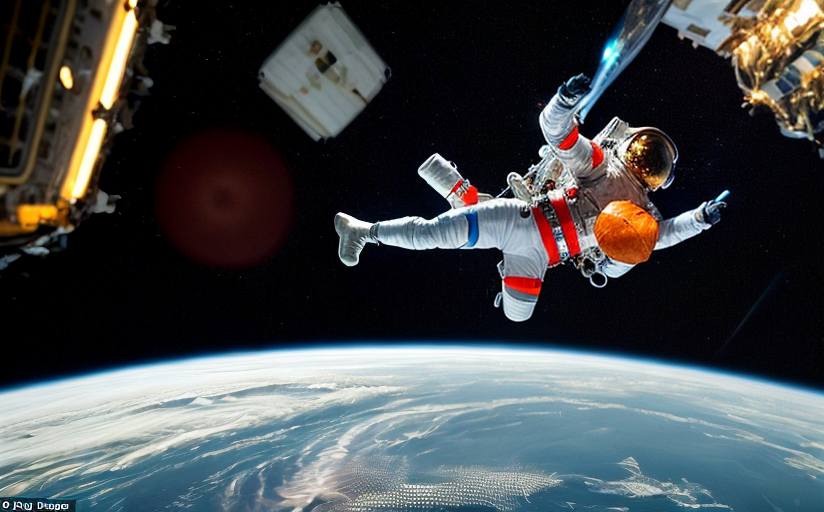


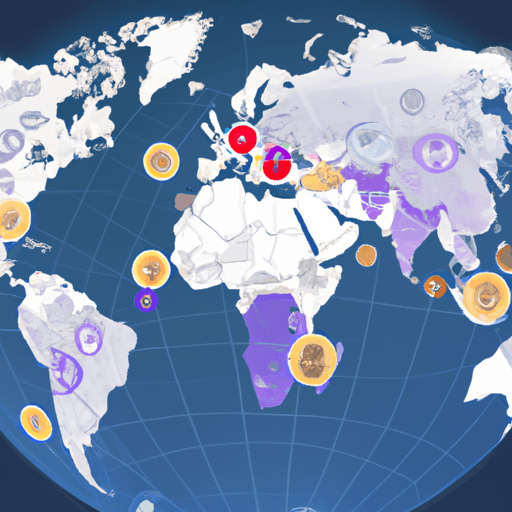

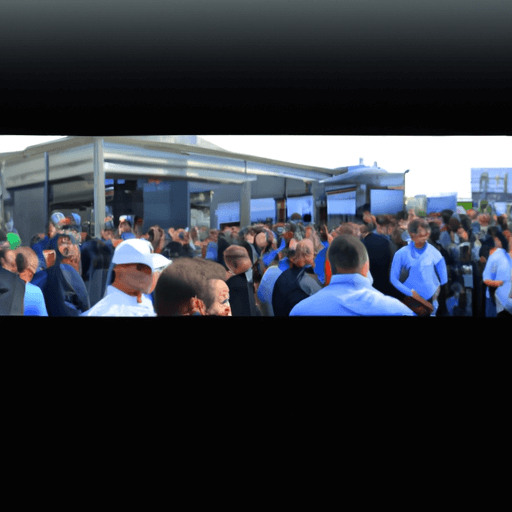




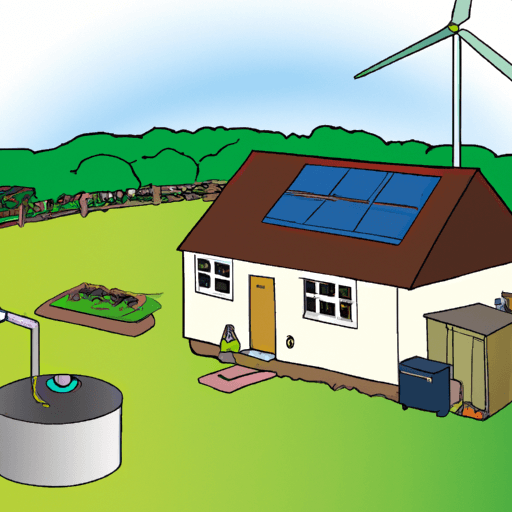




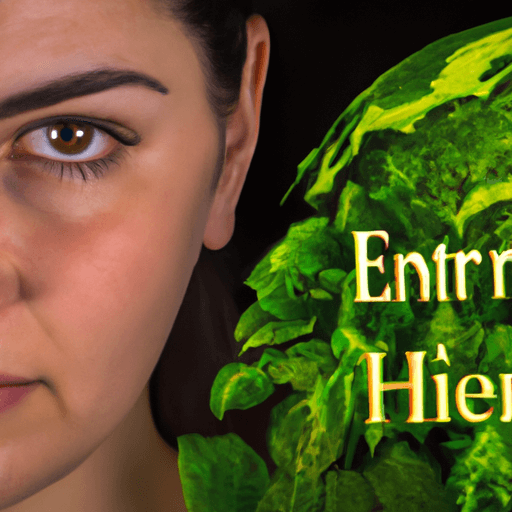



Comments
Leave a Comment